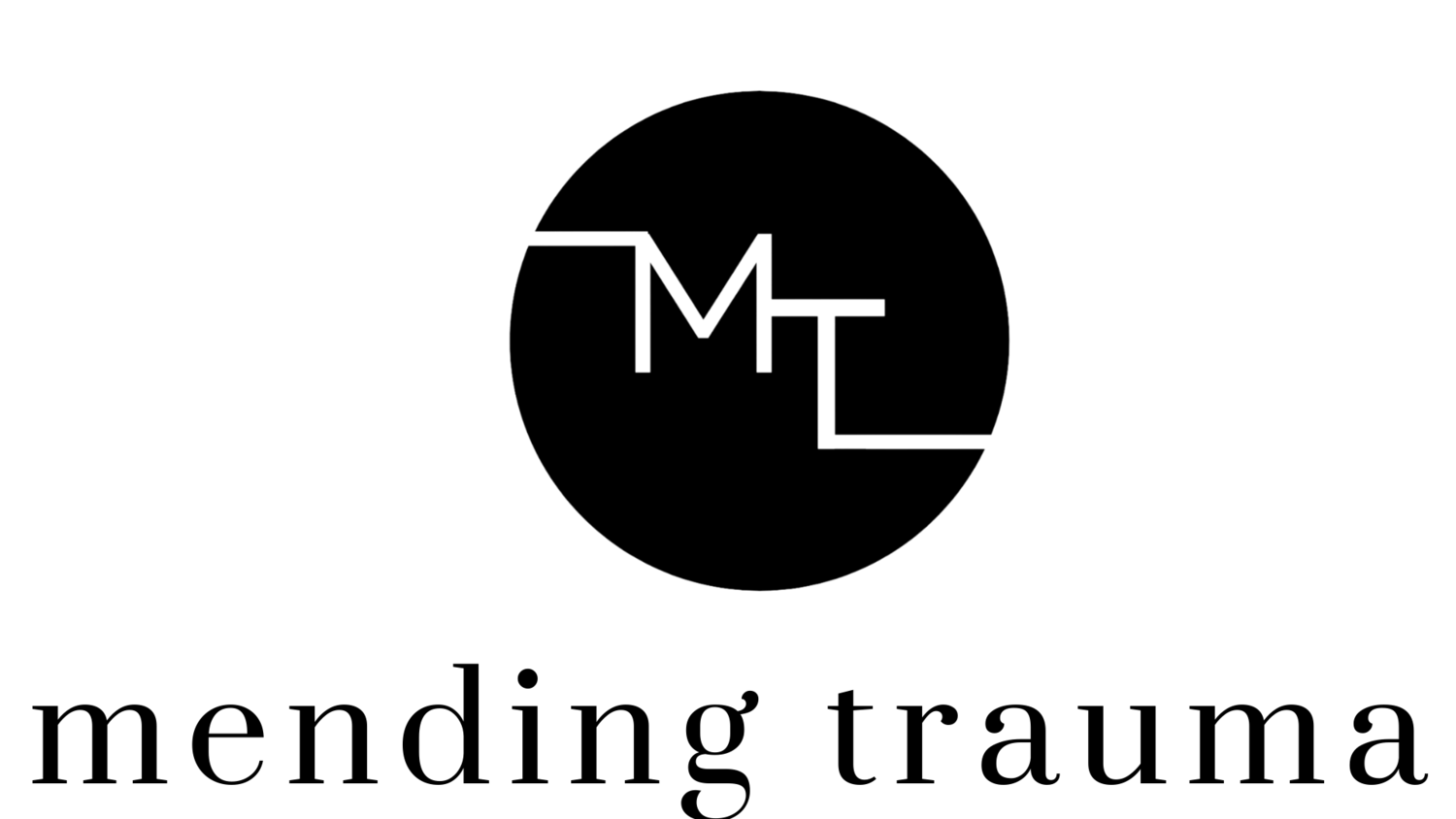What’s EMDR and Why It’s So Beneficial
We get this question all the time! What is EMDR? We use this practice in our program, Mending Together, and it has been shown to be a highly effective clinical practice for helping people to overcome the symptoms of trauma. So today, we will be explaining what exactly it is, its benefits, and Leina will be walking me through a session.
What Does EMDR Stand For?
EMDR stands for eye movement desensitization and reprocessing. It is a type of bilateral stimulation and it's beneficial because it allows the different parts of the brain to start communicating with each other around a traumatic experience or memory, and it allows both sides of the brain to work together.
It also allows the traumatic experience to be open to other pieces of information around it. So, for example, when somebody has been in a bad car accident, and they've driven hundreds of times before, the trauma of the accident is telling their brain that driving is dangerous. The thousands of times that they've driven without any horrible thing occurring since the accident are not connecting with the part of the brain that stores the trauma of the accident. The brain only has in its subconscious awareness the horrific accident.
How Effective Is EMDR And Why?
I did EMDR before with my therapist a few years ago, and a couple of my children have done EMDR who had severe medical trauma. One thing that really surprised me with EMDR is how effective it is, and how quickly I can resolve issues that have been plaguing me for decades.
Leina loves EMDR because it doesn't require any conscious effort on the client's part, and it doesn't require any recitation of the traumatic event. The brain does exactly what it needs to do during the session to heal and resolve the trauma. Sometimes people will have interesting memories pop up, or they will have somebody's words of wisdom that they've heard in the past pop up, and then it all gets linked to the trauma as part of the resolution.
Why EMDR Is One Of The Best Ways To Resolve Trauma
In an EMDR session, we're using bilateral stimulation to access all of the information to inform the traumatic event instead of only the information associated with the trauma. During a traumatic event, there is a ton of stuff happening, and typically, because we shut down during trauma, we only remember a fraction. EMDR opens up both sides of the brain to have a more accurate recall of what happened.
EMDR is effective for trauma specifically because it does not require you to sort through and recall every part of the trauma. Talking about the trauma in detail actually creates deeper and more ingrained neural pathways around the trauma, which we don’t want. EMDR does not require that and helps us form new neural pathways
Live EMDR Session
Leina did a live EMDR Session with me, and I would love for you to watch it below. It’s very calming, but my range of emotions within the 20 minute period was shocking to me!
Something I noticed during this live session was the amount of resistance I had. I felt a lot of resistance internally but yet it still worked. I also had a lot of anxiety about the lack of specificity in the instructions as well, but I know that it’s on purpose to let your mind wander where it needs to. No matter what, it will be effective, as long as you don't quit midway through the process. You're going to have a reduction in the level of disturbance you are experiencing from trauma.
Because it is so effective, we do a few EMDR Sessions a month within our program Mending Together, and we also offer them outside of the program.
Anyone can do EMDR to resolve or lessen trauma symptoms or to reduce disturbances around a past event. For more information on EMDR and how to schedule a virtual session with Mending Trauma click here.

